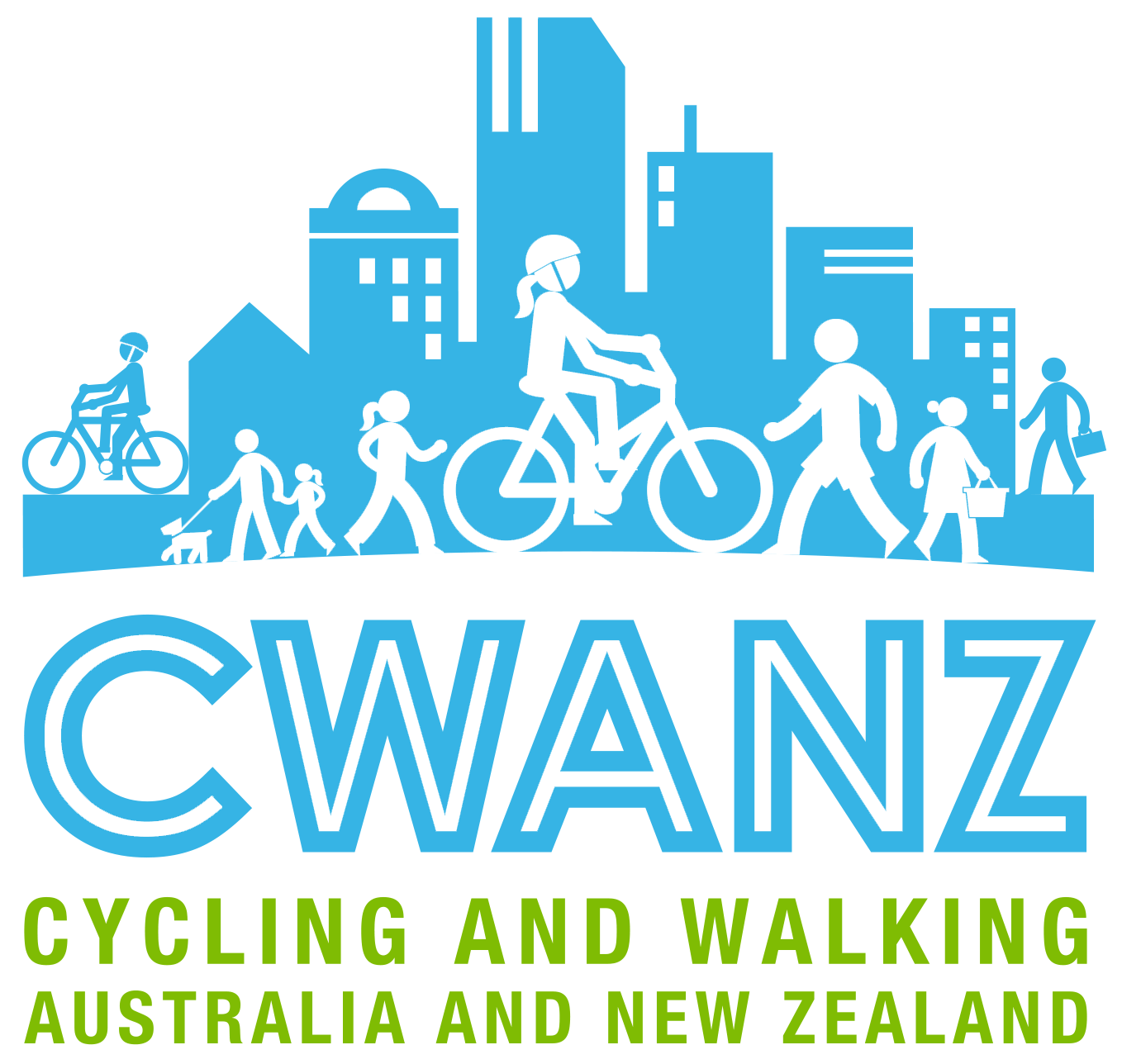This tool provides an implementation of the three pedestrian forecasting procedures described in the TMR Pedestrian demand forecasting guideline.
The guidance describes three forecasting procedures:
- Comparison method: use counts for other comparable sites to estimate demand at the project site. This method is implemented here on the Database tab where a larger number of pedestrian counts in Queensland can be filtered based on location and facility type.
- Factoring: apply an uplift factor to pre-construction counts obtained at or near the project site to account for likely additional walking activity that will be attracted from other routes, other modes or are all-new (induced) trips. This procedure is implemented on the Factoring tab.
- Direct demand: regression model based on the pedestrian counts database linking pedestrian demand to land use (e.g. population, employment, schools) and network (e.g. signalised intersection, shared path) attributes. This procedure is implemented on the Direct demand tab.
